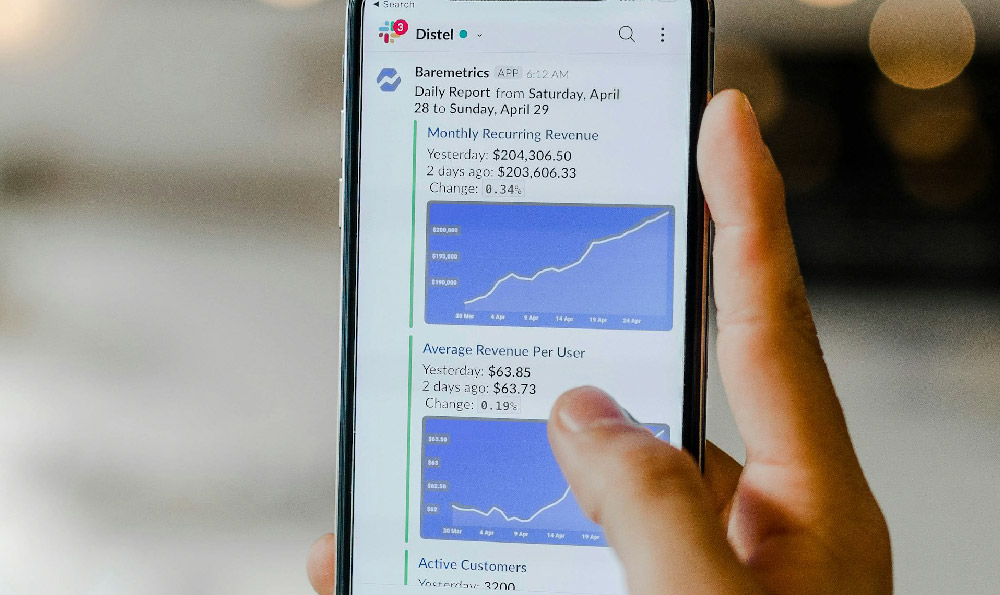Zelle's position in the peer-to-peer (P2P) payment landscape is unique, and understanding how it generates revenue requires a deeper look than simply observing direct transaction fees. Unlike many popular payment apps, Zelle itself doesn't directly profit from the individual transactions users make. Its revenue model is more indirect and focused on supporting the banking ecosystem it's built upon.
The core of Zelle's existence lies in its ownership and operation by Early Warning Services (EWS), a risk management company co-owned by seven of the largest U.S. banks: Bank of America, Capital One, JPMorgan Chase, PNC Bank, Truist, U.S. Bank, and Wells Fargo. This ownership structure is key to understanding Zelle's profitability. EWS, and consequently Zelle, benefits from strengthened relationships with these financial institutions and indirectly profits from the increased customer engagement and reduced operational costs that Zelle facilitates for these banks.
So, how does that translate into revenue? Zelle's revenue model revolves around several interconnected factors:

-
Subscription Fees from Participating Banks: The primary source of revenue for Zelle comes from the fees it charges to the banks and credit unions that participate in the Zelle network. These fees are typically structured as subscription fees, meaning banks pay a recurring fee (monthly or annually) to offer Zelle to their customers. The amount of these fees varies depending on factors like the size of the institution and the volume of transactions processed through Zelle. These fees offset Zelle's operational costs, infrastructure maintenance, security protocols, and ongoing development.
-
Reduced Operational Costs for Banks: One of the biggest, yet often overlooked, benefits Zelle provides is a reduction in operational costs for participating banks. Before Zelle, banks faced higher costs associated with processing checks, wire transfers, and other traditional payment methods. Zelle allows for near-instantaneous transfers between bank accounts, reducing the need for manual processing and reconciliation. This automation translates to significant cost savings for banks in terms of labor, infrastructure, and error resolution. While Zelle doesn't directly receive these savings, it enhances the value proposition for banks, justifying their subscription fees and increasing the likelihood of continued participation.
-
Increased Customer Loyalty and Engagement: Zelle helps banks attract and retain customers. In today's digital age, consumers demand convenient and seamless payment solutions. By offering Zelle, banks can provide a service that rivals or surpasses those offered by standalone P2P payment apps like Venmo and Cash App. This can lead to increased customer satisfaction, higher retention rates, and greater overall engagement with the bank's other products and services. While Zelle itself doesn't directly profit from increased customer loyalty, the banks do, and their continued participation in the Zelle network is ultimately tied to the perceived value of this benefit. The bank’s ability to cross-sell other products such as credit cards, mortgages or investment services becomes greater with a larger and more engaged customer base.
-
Data Analytics and Insights: Although privacy remains a top priority, EWS, through Zelle, has access to a vast amount of transaction data. This data can be anonymized and aggregated to provide valuable insights into consumer spending patterns, payment trends, and potential fraud risks. This aggregated data can be valuable to banks and other financial institutions for market research, risk management, and product development. While Zelle doesn't directly sell this data in a way that compromises user privacy, the insights derived from it can be used to improve the overall banking experience and enhance the value proposition for participating banks. Zelle can also use this data to improve the efficiency of its service and to reduce the risk of fraud.
-
Fraud Prevention and Risk Management: Zelle's parent company, EWS, specializes in risk management and fraud prevention. Zelle benefits from EWS's expertise in this area, implementing robust security measures to protect users from fraud and unauthorized transactions. While fraud prevention doesn't directly generate revenue, it reduces the financial losses for participating banks and enhances the overall trust in the Zelle network. This increased trust encourages more users to adopt Zelle, leading to higher transaction volumes and greater value for the participating banks. In short, its success in lowering the risk of fraud for banks creates value.
-
Network Effects and Market Share: As Zelle continues to grow and expand its user base, it benefits from network effects. The more people who use Zelle, the more valuable it becomes to everyone. This increased adoption drives further growth, creating a virtuous cycle. While Zelle doesn't directly profit from each new user, the increased volume of transactions and the strengthened network effect solidify its position in the market and enhance its value to participating banks.
It's crucial to note that Zelle's model contrasts with other P2P payment platforms that often generate revenue through transaction fees, especially for instant transfers or for funding transactions with credit cards. Zelle, however, is designed to integrate seamlessly with existing bank accounts, facilitating direct transfers between accounts without the need for intermediaries.
Furthermore, it is important to understand that Zelle's competitive advantage lies in its integration with the existing banking infrastructure. This allows it to offer a more secure and convenient payment experience than standalone P2P payment apps, which may require users to maintain separate accounts and transfer funds between them. The existing banking relationship that Zelle exploits is essential to its model.
In conclusion, Zelle's revenue model is multifaceted and centered around providing value to the banks and credit unions that participate in its network. It profits from subscription fees, reduced operational costs for banks, increased customer loyalty, data analytics, fraud prevention, and network effects. While it doesn't directly profit from individual transactions, its business model is fundamentally aligned with the success of the banking ecosystem it supports. It is less about direct fees and more about enhancing the overall banking experience and reducing costs for its participating members. This indirect approach to profitability has allowed Zelle to become a dominant player in the P2P payment landscape.












